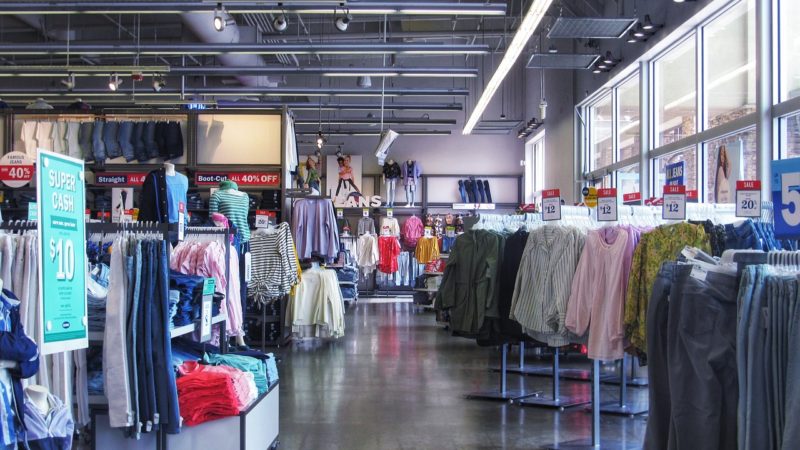A fashion designer or clothing manufacturer produces clothes, but how do these clothes go from these manufacturers in the hands of the customer who adorns them? Here’s where Retail Fashion Merchandising comes in.
1. What is Retail Fashion Merchandising?
Retailing is the process of buying products from the manufacturers and selling them to the customers. This process is initiated three to six months before the time when the customers lay their hands on the products. Retail Fashion Merchandising is not merely limited to clothes, but it includes categories such as clothing accessories and shoes.
Typically, retailers buy their goods from wholesalers and then play their part in selling these goods to their customers. Retail merchandising often features at the end of the sales funnel.
2. What are Retail Fashion Merchandising principles?
Retail merchandising for fashion works a little differently than other products. Fashion merchandising relies on aesthetics and appeal, among other things. So here are a few principles most retail merchandisers use to boost their sales:
- Visual Stimulation
Most customers are attracted to display visually appealing fixtures. Creating such stimulating displays by playing with different heights or colours attract more people than products placed generically.
- Cross placement
Creating looks and placing different yet complementing products together can help the user understand how a particular product will look when worn. For example, a beach look can be created by putting together a floral dress, a hat, some cool sunglasses, and flip flops. It also encourages impulse buying.
- Placement of different products
Merchandisers always consider the nature of the products before deciding their placements. While a neckpiece will attract customers if displayed hanging in a rotating showcase, pants, and jeans can be kept folded on racks in the order of their colour gradient.
- Creating a multi-sensory experience
A customer will always step into a store which offers the maximum sensory appeal. Display and signage must be visually stimulating, the users must be satisfied when they touch the fabric, a customer may associate a statement fragrance to a store in their mind, and the music played in the store must affect their mood. The sense of taste works when they try the clothes on and feel the fabric on their skin.
3. What are some of the Job Titles and Responsibilities in Retail Fashion Merchandising?
- Buyer – This person is responsible for ordering merchandise, negotiating and finding the best fashion products from around the world
- Visual Architect – This person is responsible for creating the best store experience for the customers by deciding the layout, the display, and the signage within the store.
- Marketing Wizard – This person brings the customers to the store. They market the store and the products to the target audience using strategy and advertising.
- Store Manager – They are responsible for the daily management of the store and its employees.
There is much more to retail fashion merchandising than this article. If you want professional help with your Retail Fashion Merchandising, PPMS is here to help. Contact us!













